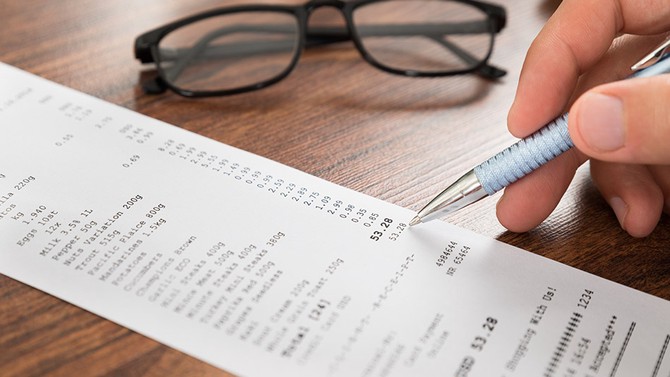21st Century Health Hazards Everyone Should Know About
Rollerblade injuries? So 1990s. These risks are the ones you need to be aware of.
By Emma Haak
Hazard #4: "Safer" chemicals that could widen your waist
The Danger: The chemicals that replace BPA have similar drawbacks. For instance, we know the BPA in reusable plastic food and drink containers, can linings and on receipt paper is bad news (exposure to it is linked to health issues ranging from obesity and type 2 diabetes to heart disease and kidney damage). A common substitute called BPS triggered the formation of fat cells in a recent study in Endocrinology.
Your Safety Plan: Use stainless steel food and drink containers, as does Frederick vom Saal, PhD, professor in the division of biological science at the University of Missouri and expert on endocrine disruptors like BPA and BPS. If you need to heat something up, opt for heat resistant glass like Pyrex. The chains that hold BPA together break down at high temperatures, which is how it gets into your food. (So a cold drink out of a plastic bottle is less of a concern.) Also, you know how plastic containers get cloudier the more times you toss them in the microwave? Throw those out—cloudy plastic means the BPA chains have really been busted apart, says vom Saal. BPS is less sensitive to heat, so it's mostly likely to get into your system after you touch thermal receipt paper. Many stores offer electronic receipts now—choose those whenever possible, otherwise try not to touch your receipts for very long.
Published 05/11/2016


